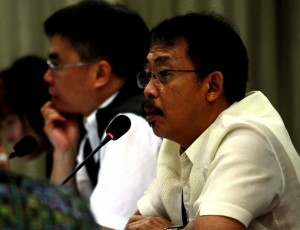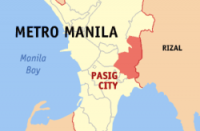
LAOAG CITY, Ilocos Norte (PIA) — Energy experts have raised the need to share successful renewable energy (RE) development experiences among member economies of the Asia-Pacific Economic Cooperation (APEC) to attain the goal of doubling RE projects by 2030.
Director Mario Marasigan of the Department of Energy’s Renewable Energy Management Bureau, who co-chairs the APEC Expert Group on New and Renewable Energy Technologies (EGNRET), said it is important for member economies to share their RE roadmap so they could learn from one another’s experiences.
The expert group began its 44th meeting on Monday at the Fort Ilocandia Resort Hotel here with an overview of the Philippines’ renewable energy program.
Meanwhile, the Asia Pacific Energy Research Center (APERC) presented an outlook in doubling RE targets by 2030.
Chrisnawan Anditya of the APERC estimated renewable energy share in total installed capacity to increase from 22 percent in 2012 to 33 percent in 2030 and 38 percent in 2040.
He said renewable energy capacity is growing at 4.2 percent, with solar and wind power increasing annually at 11.11 percent and 6.2 percent, respectively.
China is said to provide the largest share in total APEC renewable energy capacity with 45 percent in 2012. The figure is expected to increase to 63 percent in 2030, and 68 percent in 2040.
The APERC data also showed that the Philippines is among the top five economies — along with the United States, Indonesia, New Zealand, and Mexico — with total installed capacity of geothermal power by 2030.
For wind development, China (9.3 percent), United States (3.6 percent), Korea (25.3 percent), and Australia (9.7 percent) are set to add capacity for wind power by 2030.
Attending the four-day meeting are representatives of APEC member economies Chinese Taipei, Hongkong, Japan, Korea, Thailand, Singapore, United States, and the Philippines.
Discussions on Tuesday included the status of current EGNRET projects; the development of project proposals for funding, and the trend of renewable energy under low oil price circumstances.
A workshop on capacity building for Installers and System Designers for Solar PV Rooftop Installations will be held on the meeting’s third day on Wednesday, while a site visit to renewable energy facilities in the towns of Burgos and Bangui has been scheduled on the fourth day on Thursday. (Philippine Information Agency)







